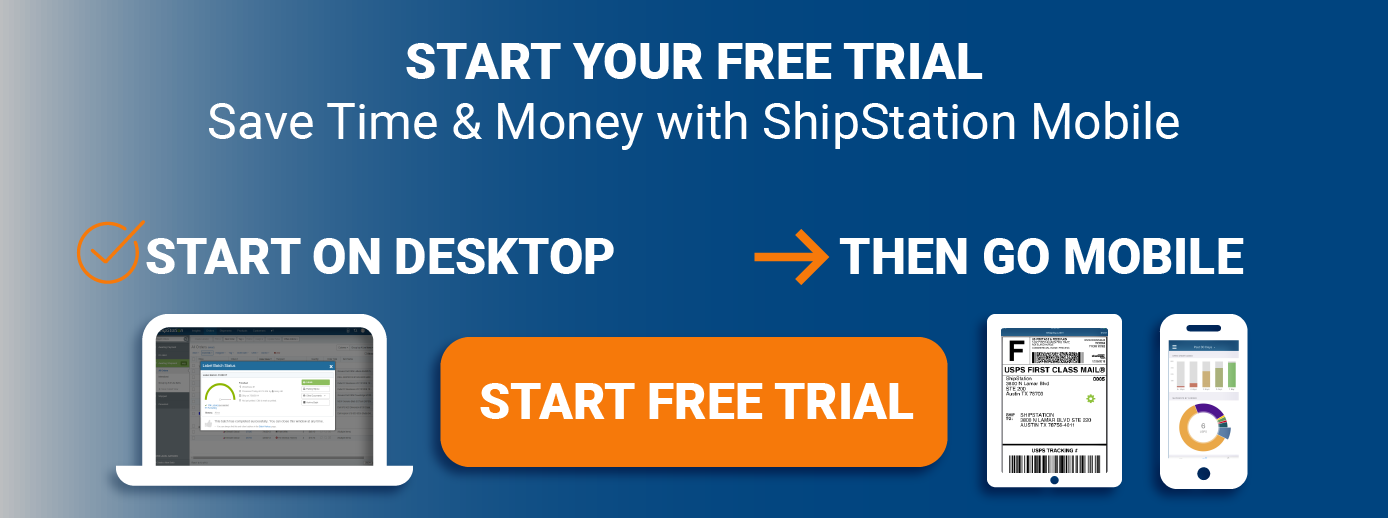How Get Started with Ecommerce Automation Before the Holiday Rush

This post is contributed by Parag Mamnani, CEO and Founder of Webgility. His expertise in e-commerce combined with business savvy is the driving force behind the growth of Webgility.
It’s September, which means it’s time to batten down the hatches for holiday sales. But if you’re like most e-tailers, you might never be fully ready.
Truth is, busy small businesses just don’t have time to project and plan for additional holiday inventory and fulfillment or even streamline workflows and minimize shipping costs. At best, sellers are just guessing at the expected velocity of sales. It’s no wonder that, although online retail continues to grow at an exponential rate, profits continue to diminish. Why? Because selling on multiple channels online is inefficient without the right tools.
Retailers try desperately to increase order volume, but quickly become overwhelmed by confusion around both finances and logistics when sales do surge. And there’s a price to be paid for all that incongruity—for every dollar made, businesses could be spending more than a $1 on shipping and fulfillment.
Imagine an online retail world where all of your stores, marketplaces, and business applications actually work together to optimize workflows and profit margins. An order—or even a whole batch of orders—comes in from a store or marketplace and syncs directly with a central shipping hub like ShipStation. You instantly compare and choose a carrier based on price and delivery date, seconds later, you click to print a branded shipping label, then confirm and send the customer tracking information.
Meanwhile, all that sales data—including customer and product information—syncs with your accounting software, so you don’t have to type in jack diddly squat. Your inventory quantities update accordingly, all fees, expenses, and sales tax are recorded, and you go enjoy some coffee and a glazed donut. And it’s all possible with one thing: ecommerce automation.
Taking into account time limitations, there are four simple things you can do right away to get ready for the coming surge.
Clean it up.
What inventory do you have in stock that needs move? Don’t delude yourself that it will finally sell this holiday season—go ahead and make room for what you know will sell this holiday season and focus on what products are most profitable for your business.
To move large amounts of overstocked product quickly, you’ll likely need to take a hit on margins. Go ahead and use Amazon as a clearinghouse or create a separate Amazon store that acts as your virtual sale rack. Even better, donate what you can to nonprofits that can use the products and be sure to get a receipt for your tax deductions.
Break it down.
Low-tech as it may sound, make a list. Write down how you spend your workdays and include how much time you typically spend on each activity. Put a star next to those tasks that you find most annoying or time consuming. If you have employees, ask them to complete the same exercise. If there are inefficient workflows or bottlenecks in your business, they will be revealed here.
If your manual pick, pack, and ship processes are taking up 85% of your day, consider the benefits of ecommerce automation—more specifically, shipping automation and batch processing. Or if you spend your day spinning between several different sales channels to ensure your inventory is up to date for each one, find a tool that connects all channels together and syncs them your master inventory list instantly.
Streamlining your workflows and operations now will clear time in your schedule—and your mind—so you can better manage your business during the holidays and thereafter.
Sync it.
Take a typical online order and walk it through its lifecycle, both literally and figuratively. The order comes in and that data needs to go in several different operational directions: shipping carriers and tracking, fulfillment and logistics, inventory management, bookkeeping and accounting, customer lists for marketing, and business analytics—and that’s just one order!
Ten years ago, you’d be hard pressed to find ways to automate and sync all of that data. These days, ecommerce automation and integration is the only way to go, especially since ecommerce selling, by nature, is so disjointed. Build your business model around tools that automate one set of sales data from your stores throughout the entire workflow, and you’ll be amazed by improvements in efficiency, accuracy, and speed that affect your entire business.
Count it.
Make another list. This time write down your business’ biggest expenses to see where you might increase your profit margins and streamline your business model.
What do you pay in marketplace fees each month? Make sure you’re moving enough product on marketplaces to justify those fees. Are you easily able to compare shipping carrier costs for each order based on delivery location? And now that you’ve been in business for a few years, maybe it’s time to renegotiate your contract with your payment processor. And what about data entry? Could the time and money you spend on entering sales data into accounting, inventory, and shipping be done for less money (and more accuracy) by an ecommerce automation software? Hint: Yes.
With a fully automated business model in place, holiday preparation on the operations and logistics side are actually quite minimal. Because all of the data is already in your accounting, year-over-year sales projections are calculated in a snap and vendor orders are actually in sync with reality. When inventory is updated in real-time, there’s no longer any mystery about how many products remain to be sold, where, and for what price. Customers know exactly when their products will arrive and come tax time, your accountant is delighted by accurate, timely financials.
By integrating and automating your ecommerce sales, shipping, inventory, and accounting now, you’ll be guaranteed fair skies through the holidays, new year, and beyond. Now go enjoy the rest of your summer.



